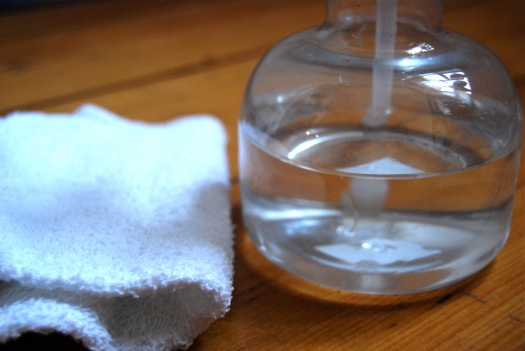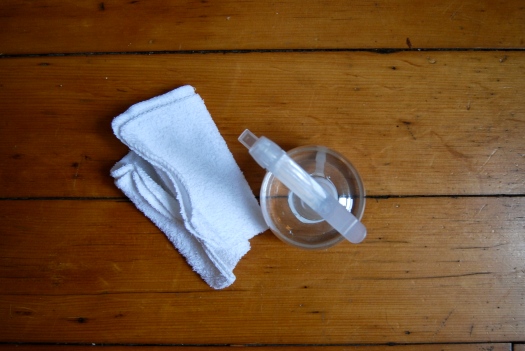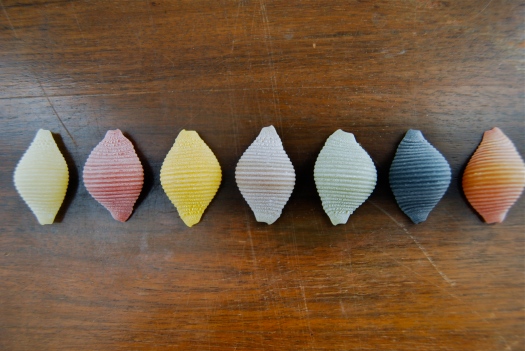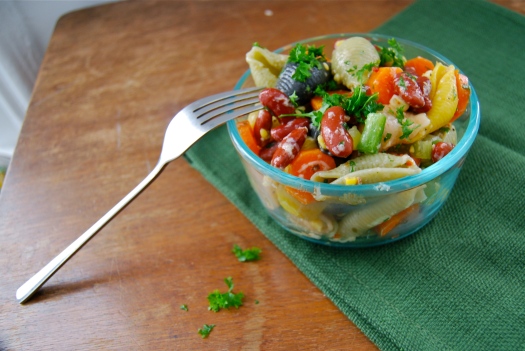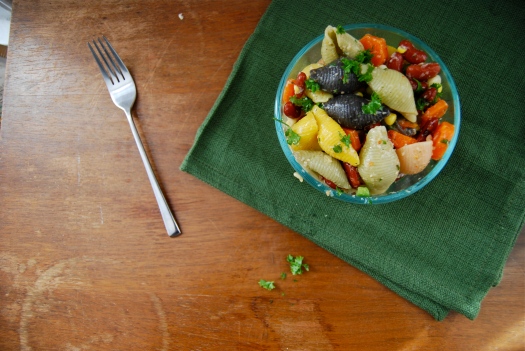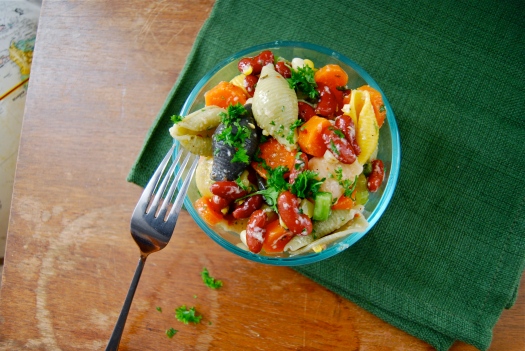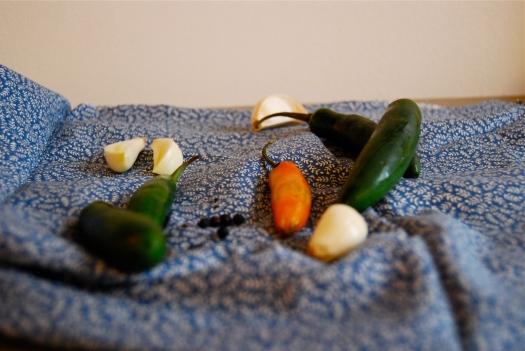 Are you ready for the holidays?
Are you ready for the holidays?
Here at Wise & Wonderful, we’re trying to help you be at ease. With a few days left until we all gather and celebrate, I have heard from many friends and coworkers that they aren’t done with their shopping. And, uh, I can relate… I’ve really been procrastinating…
Luckily, home made gifts come to the rescue.
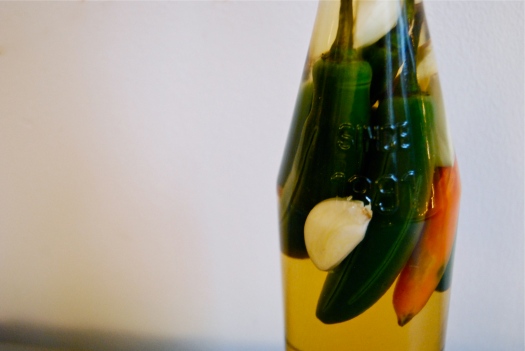 If you know someone who loves to douse on hot sauce and munch on spicy peppers, Hot Pepper Vinegar is the perfect little gift for them. It is a versatile condiment, often paired with barbecue, that can give them a big smack in the face of awesome pepperiness anytime they’d like. It’s also crazy simple to make.
If you know someone who loves to douse on hot sauce and munch on spicy peppers, Hot Pepper Vinegar is the perfect little gift for them. It is a versatile condiment, often paired with barbecue, that can give them a big smack in the face of awesome pepperiness anytime they’d like. It’s also crazy simple to make.
If you have any spare soda bottles lying around, they make a cute container for this gift. Also, I learned today that a dab of olive oil easily removes glue residue off of glass bottles (I sought in vain all over our house for goo gone, before trying it. Worked like a charm!) By slitting little holes and cuts in the peppers you allow their spiciness, called capsaicin, to escape out into the vinegar. If you prefer a milder pepper vinegar cut the pepper in half and remove the seeds and ribs (the highest concentration of capsaicin lies in the ribs, which holds the seeds.) You can use all sorts of peppers as well– serrano, habanero, jalapeño, chilies– whatever you like. A few halved garlic cloves and peppercorns complete the flavor. Pop them all into a bottle, and heat enough apple cider vinegar to fill your chosen container to just below boiling. When its warm enough, pour it over the peppers and garlic. Cap and let the flavors meld until you gift it Christmas day! It will be wonderful after just a few days, but a week or more would give it’s best flavor.
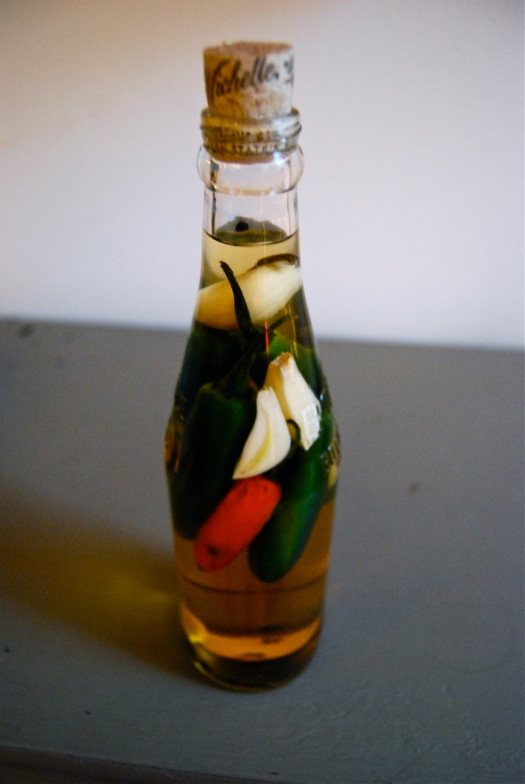 You could use regular distilled white vinegar if you prefer– wine vinegar would probably be the only kind that wouldn’t pair well with peppers (but I could be wrong!) Making hot pepper vinegar is somewhat experimental– loads of things could be added, heat can be higher or lower–but no matter what you do it will always be a perfectly spicy addition to home made mayo, salad dressings, marinades, potato salad– really the possibilities are endless.
You could use regular distilled white vinegar if you prefer– wine vinegar would probably be the only kind that wouldn’t pair well with peppers (but I could be wrong!) Making hot pepper vinegar is somewhat experimental– loads of things could be added, heat can be higher or lower–but no matter what you do it will always be a perfectly spicy addition to home made mayo, salad dressings, marinades, potato salad– really the possibilities are endless.
 Truly, this is a perfect DIY gift. Simply made. Useful. Flavorful. Inexpensive. After all, gift giving is not about wowing people with expense– its really about showing them how well you know their heart. Gifts show appreciation and love. They make your nearest and dearest feel understood and appreciated. Express some DIY gift love this Christmas season.
Truly, this is a perfect DIY gift. Simply made. Useful. Flavorful. Inexpensive. After all, gift giving is not about wowing people with expense– its really about showing them how well you know their heart. Gifts show appreciation and love. They make your nearest and dearest feel understood and appreciated. Express some DIY gift love this Christmas season.


